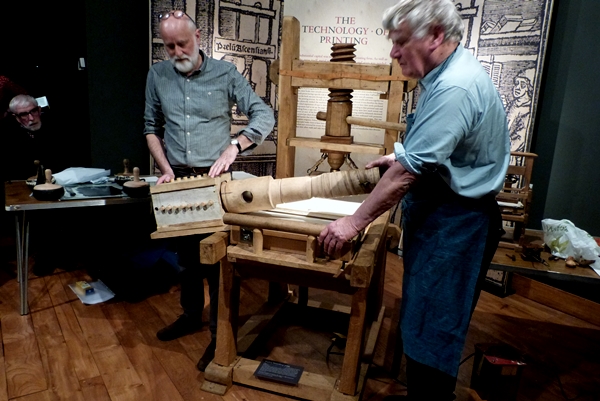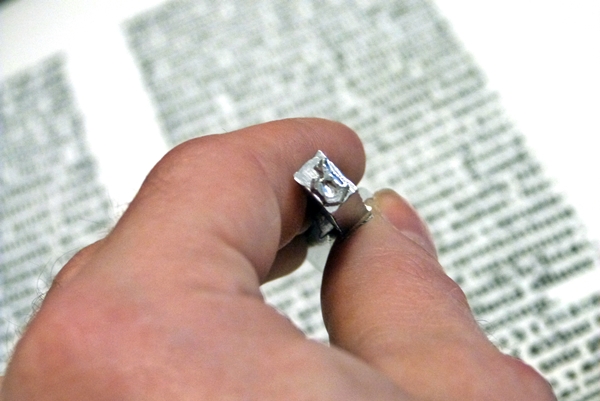Yesterday I released Shawl for an Art Lover, a pattern for the shawl I designed for my wedding.
I was always going to wear something knitted at my wedding and it was always going to be a shawl. I knew I wanted something big, beautiful and imbued with meaning. After I finished my book, this was the first design I started sketching.
Shawl for an Art Lover uses one of my favourite shawl constructions — the humble triangular shape — and the pattern motifs are inspired by the city in which I live: Glasgow, Scotland. The delicate lace takes its cue from the sinuous Art Nouveau lines of Charles Rennie Mackintosh’s iconic architecture, while the solid strip with its Estonian nupp and lace stitches calls back to the tenement tiles seen in the 19th century apartment blocks throughout Glasgow. The pattern is named after House for an Art Lover, a Glasgow house designed by Mackintosh himself and we photographed it at the Mackintosh Queen’s Cross Church, the head quarters for the CRM Society.
I fell in love in Glasgow and I also fell in love with Glasgow itself. The shawl reflects that.
The shawl I knitted uses 5 balls of Rowan Kidsilk Haze, a silk/mohair yarn. I know it is a yarn that divides the waters but I chose it because I wanted a lightweight shawl that would keep me warm on a cold January day. KSH is magical that way - the fluff traps air and keeps you cosy even in the depth of winter. Many years ago I also used to work for Rowan and it was a nice way of embedding those memories into the shawl.
However, I’m going to give you some yarn substitution tips if you don’t feel like knitting a giant shawl in a yarn that is somewhat unforgiving if you make mistakes (or if it makes you sneeze).
Be mindful of yardage: you need around 1050m or 1150 yds to make Shawl for an Art Lover.
Even though Rowan Kidsilk Haze is marked as a laceweight, be careful substituting it with a true laceweight: the fluff adds a lot of ‘bulk’ which means it looks more solid than it actually is. If you substitute KSH with a true 2ply or even a cobweb, your shawl will look less ‘substantial’ and more delicate. You might like that effect, but if you are wanting something that looks more like the fabric I’ve created, you’ll be looking at a heavy laceweight to a 4ply. You know I’m going to tell you to swatch!
Think about the fibres: Silk and mohair make for a super-romantic combination, but if you are wanting something more practical or rustic, don’t be afraid to experiment. Alpaca is going to give you drape, Shetland will give you a crisp feel, Merino is going to be soft and wearable, pure silk will be fluid and drapey, and .. you know I am just going to swatch for you.
The top swatch was done in a 1ply Shetland yarn which I have previously used for my Mahy shawl. It is a crunchy, oatmeal-type yarn and the stitch pattern comes out looking clean and well-defined. This sort of yarn has a lot of stitch definition and stitch memory, and it will remember its blocking for a long time whilst also softening a lot with use. It is not romantic nor top-end-restaurant elegant, but it is honest and wears well. For an everyday shawl, a Shetland-style yarn would be an excellent choice.
The bottom swatch was done in a new John Arbon sock yarn, the Exmoor Sock 4ply, a blend of Exmoor Horn, Bluefaced Leicester, Devon Zwartbles, and Falklands Corriedale. It’s a really interesting mix and one that I can see myself using for shawl designing. It has a handle of a standard merino/nylon sock yarn with with added lustre and drape. As you can see, you still get a nice stitch definition and the 4ply fills out the spaces between the stitches a bit more, giving the shawl a more solid, substantial feel. Using a 4ply sock yarn would make a practical and bold shawl.
The two swatches laid on top of the Kidsilk Haze sample should help you visualise the difference. See the crispness in the Shetland swatch? The solid feel of the sock yarn? Both look stunning and so different to the airy softness of the silk/mohair.
Nupps: a few people have told me that they are afraid of nupps. Please don’t worry! Their difficulty has been vastly exaggerated! Nupps are small bubbles made by knitting several times into the same stitch and then working all those extra stitches together. There are plenty of great tutorials out there and if you really, really hate nupps, you can always substitute them with beads. It’s absolutely allowed.
Finally a look at how the entire shawl looks like when not worn. It is .. rather large which makes it perfect for wrapping around you. The shawl is well-worn in this photo (sorry, I got married in it before we went for a photo shoot) and you can still see the drape and lovely halo here.
I wanted to make something that was beautiful, that felt beautiful as I was knitting it, and which made other people feel good too. I wanted to write a pattern that was enjoyable and allowed other people to imbue their own makes with their own meaning. I’ve already received comments from people who plan on knitting this for their own wedding. It is something you can knit for the special people in your life (including yourself! - never forget that) and wear for special occasions — but ultimately Shawl for an Art Lover is about letting beauty and love into your everyday life.






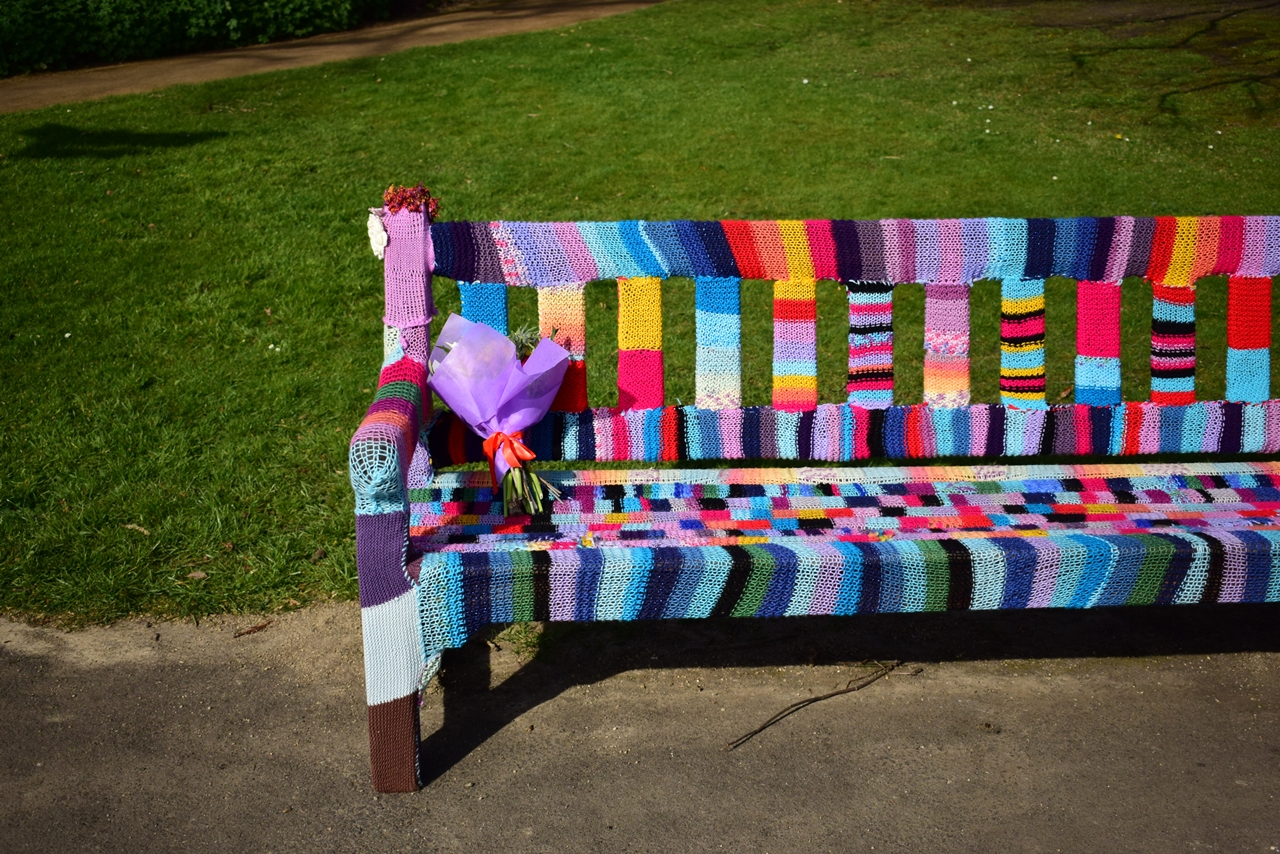 As a rule, I have an uneasy relationship with yarn-bombing. Done right and with purpose, yarn-bombing can be an effective way of practising craftivism (using craft as protest and promoting social change). It can transform a community and serve as a visual marker that something is not right. Sadly, I see too many press releases using yarn-bombing as a thoughtless exercise to "get the knitters on board" and throw a few pom poms at a tree as an empty PR exercise.
As a rule, I have an uneasy relationship with yarn-bombing. Done right and with purpose, yarn-bombing can be an effective way of practising craftivism (using craft as protest and promoting social change). It can transform a community and serve as a visual marker that something is not right. Sadly, I see too many press releases using yarn-bombing as a thoughtless exercise to "get the knitters on board" and throw a few pom poms at a tree as an empty PR exercise.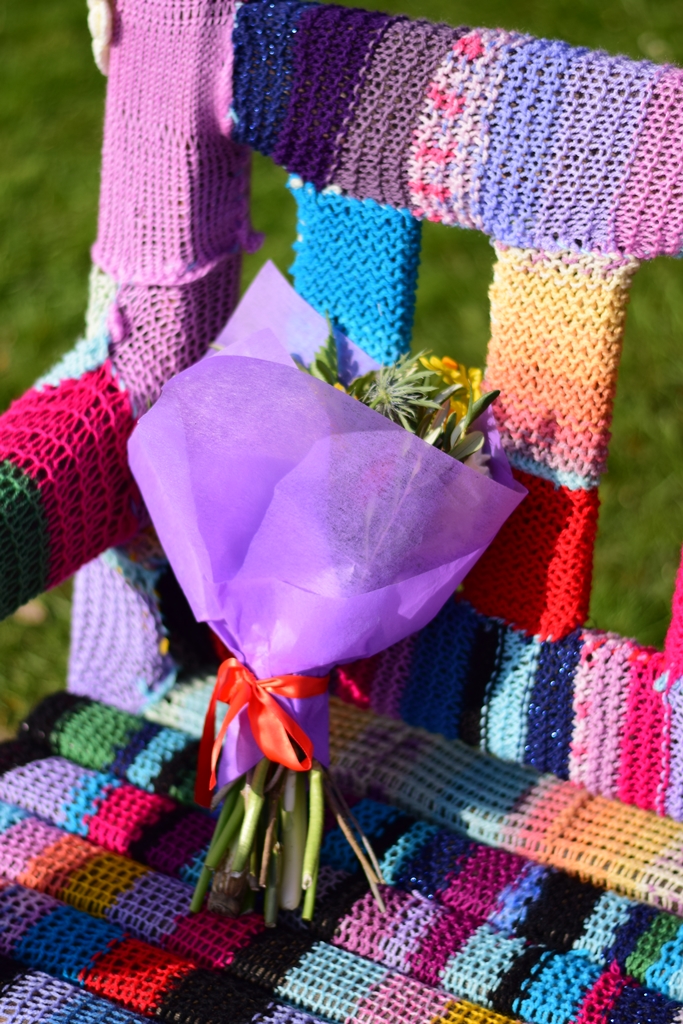
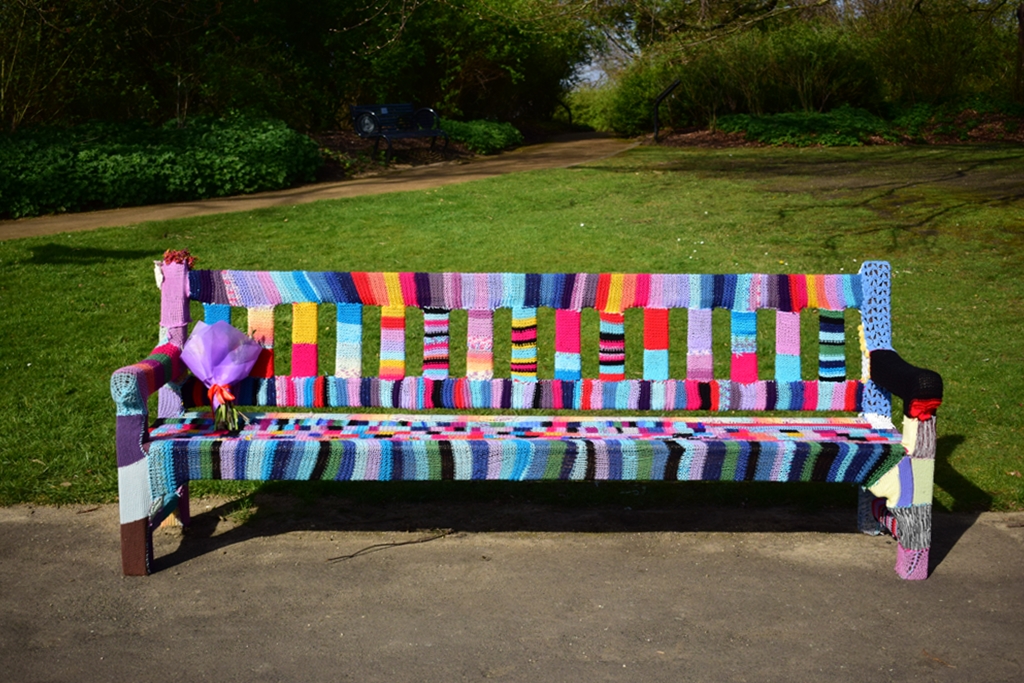
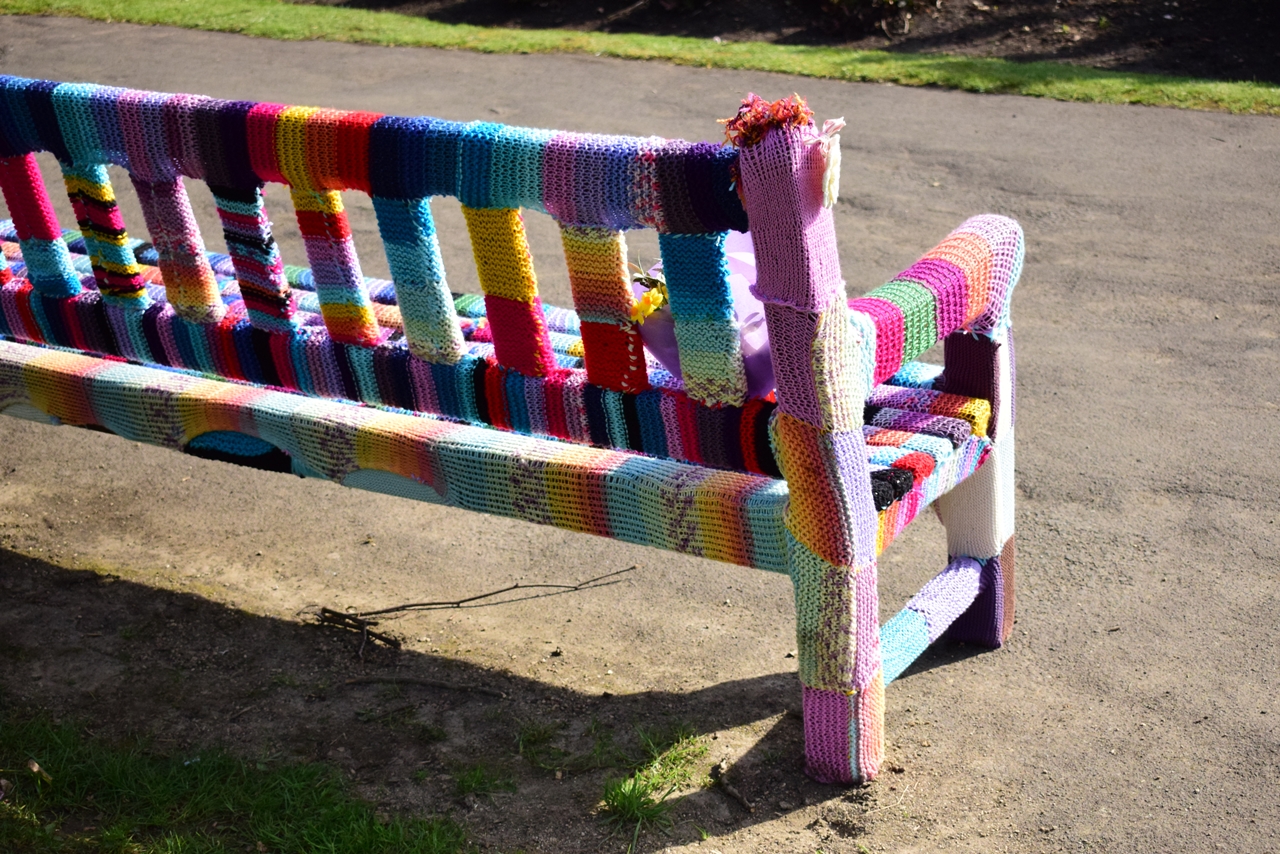
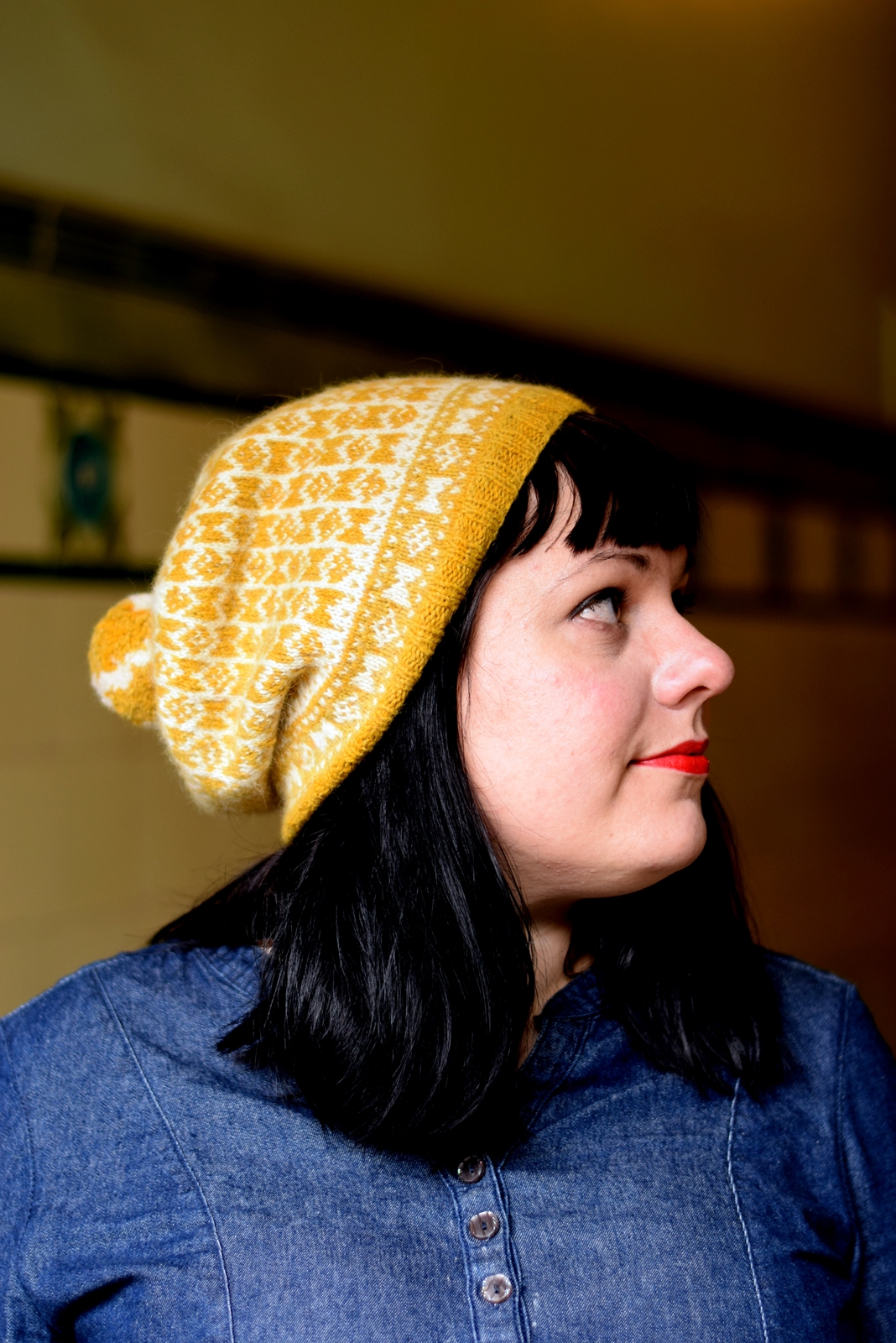 Judging by my inbox, this pattern launch should please a lot of people out there! Say hello to the Burnet hat! This was an Edinburgh Yarn Festival 2016 exclusive pattern, but the copyright has now reverted to me. Burnet is one of my own personal favourite patterns and I am so happy that so many of you agree with me!
Judging by my inbox, this pattern launch should please a lot of people out there! Say hello to the Burnet hat! This was an Edinburgh Yarn Festival 2016 exclusive pattern, but the copyright has now reverted to me. Burnet is one of my own personal favourite patterns and I am so happy that so many of you agree with me!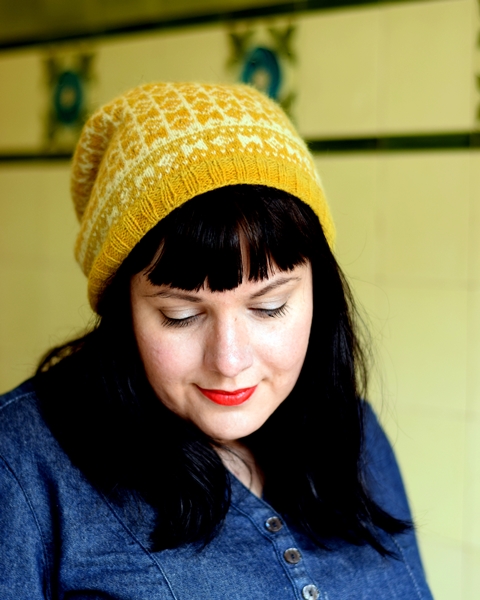
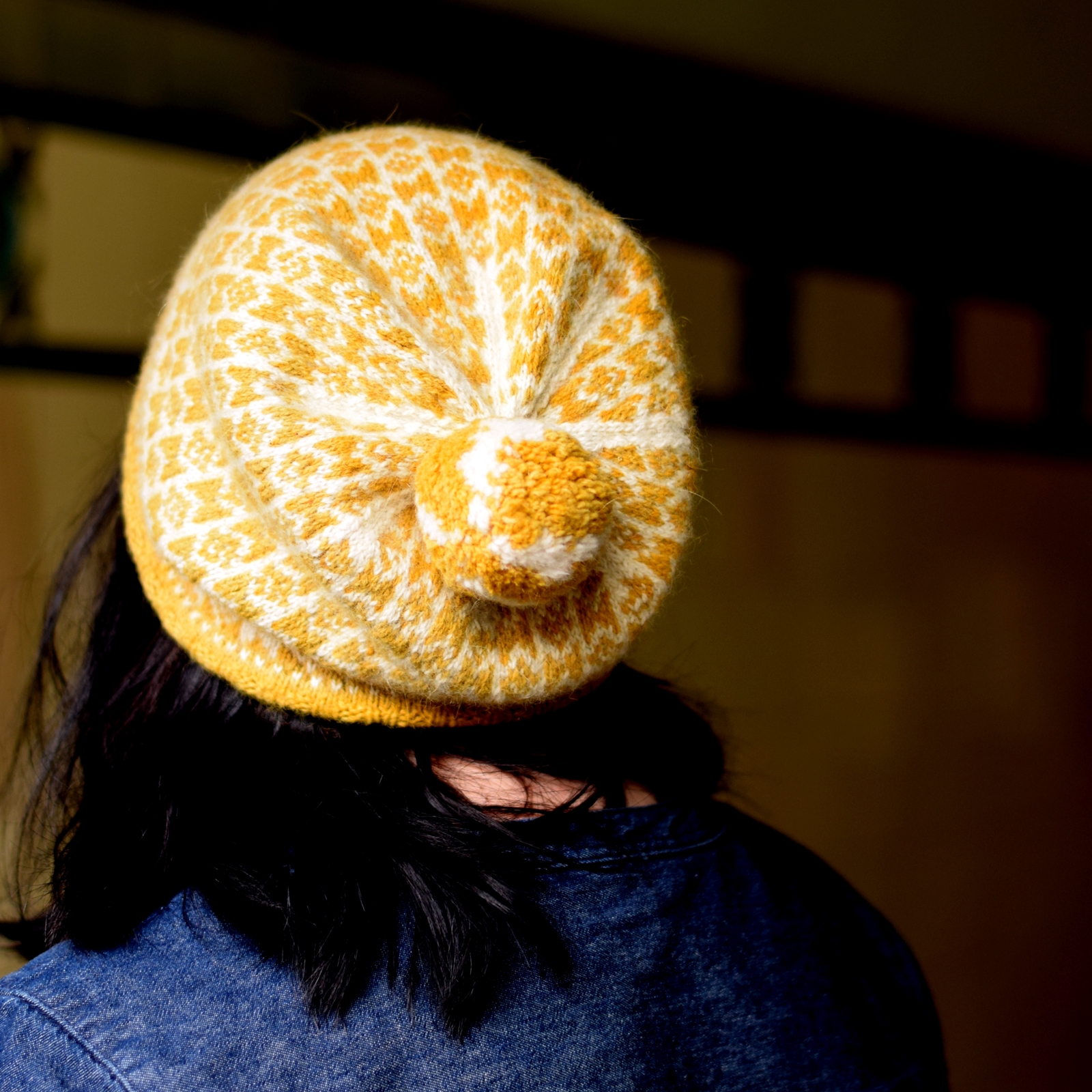 Burnet is knitted using two hanks of
Burnet is knitted using two hanks of 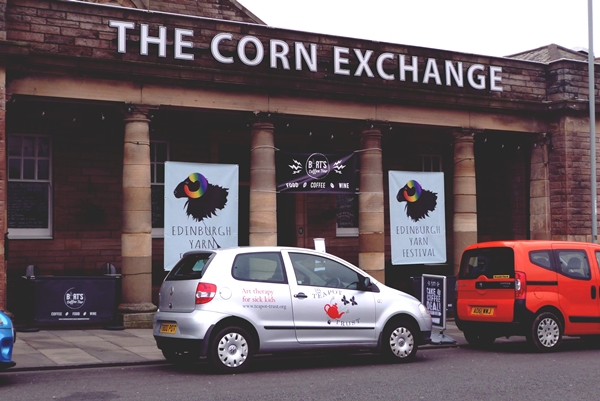 I'm currently knee-deep in prepping for this year's EYF. It'll get done but I'm thankful I have Mr D chipping in! We will be at EYF Friday and Saturday (I'm also teaching Sunday). Will you be there? Wave your hands here, so I know to look out for you!!
I'm currently knee-deep in prepping for this year's EYF. It'll get done but I'm thankful I have Mr D chipping in! We will be at EYF Friday and Saturday (I'm also teaching Sunday). Will you be there? Wave your hands here, so I know to look out for you!!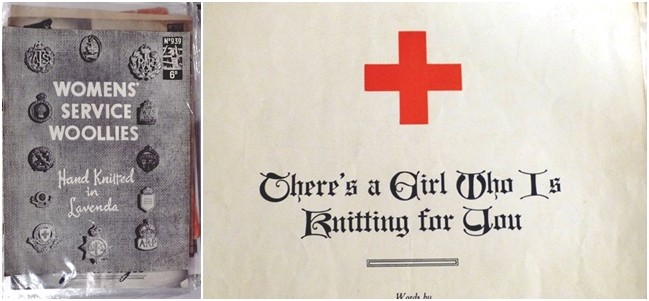
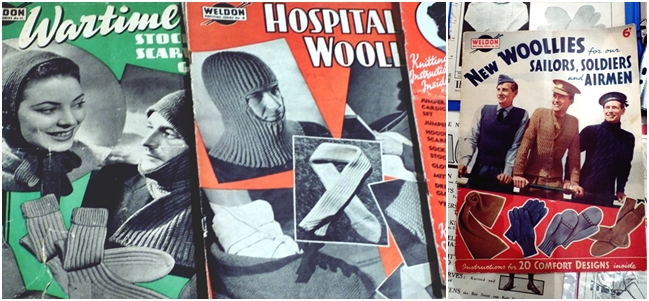
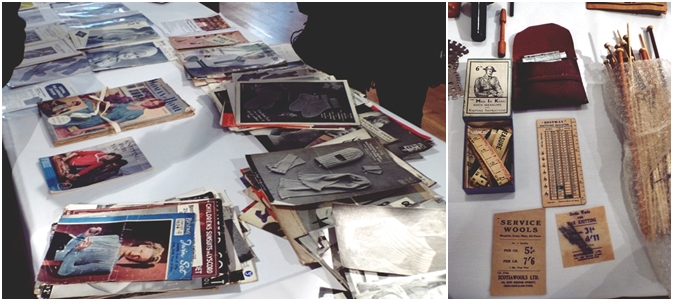
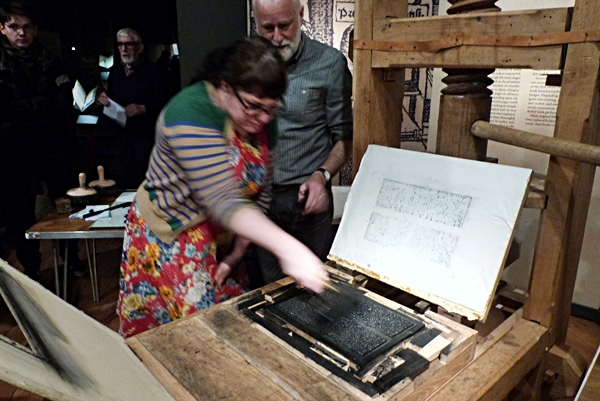 Glasgow Hunterian Museum is currently hosting an exhibition on pre-1500 printed books, known as
Glasgow Hunterian Museum is currently hosting an exhibition on pre-1500 printed books, known as 